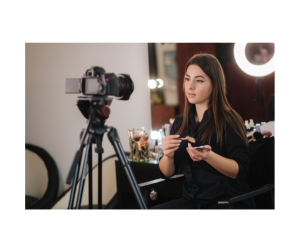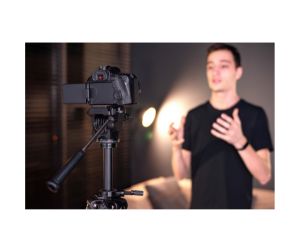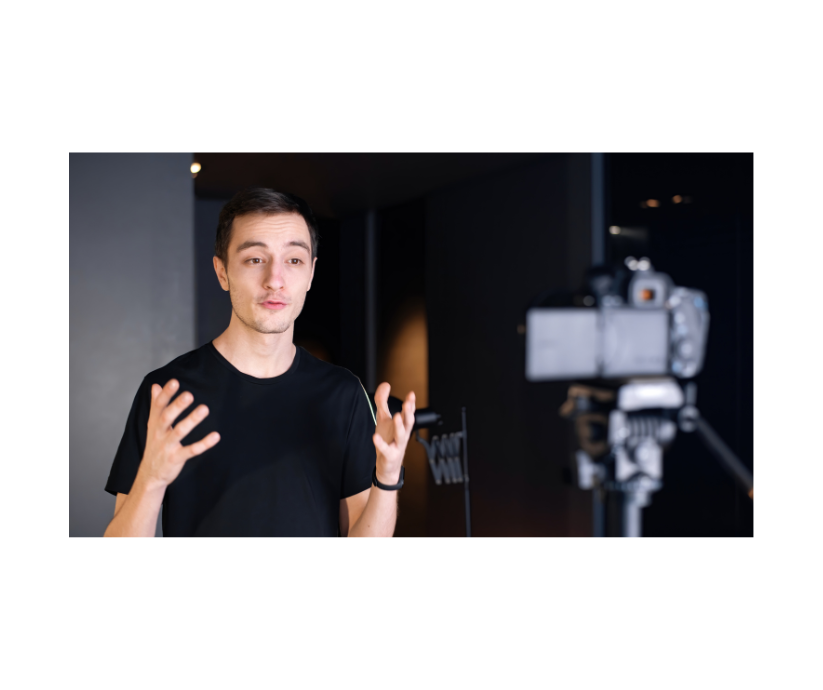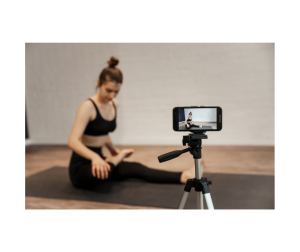On-Camera Basics
Developing a strong on-camera presence is a fundamental aspect of effective media training . Whether it’s for interviews, presentations, or video content, the ability to exude confidence and credibility on screen is crucial. Mastering the art of on-screen persona, body language , and vocal modulation is essential for creating a compelling and engaging presence in the digital media landscape. Aspiring individuals can benefit greatly from on-screen training to enhance their media coaching skills and make a lasting impact through effective communication.

Persona Insights
Importance of On-Screen Persona
When it comes to on-camera presence, the on-screen persona plays a pivotal role in captivating and retaining audience engagement. The way an individual presents themselves on camera significantly influences how they are perceived by the viewers. A confident and authentic on-screen demeanor can establish trust and credibility, fostering a stronger connection with the audience. It’s essential to understand that the on-screen persona goes beyond mere appearance. It encompasses one’s overall energy, demeanor, and communication style. This holistic approach to on-camera presence is crucial for creating a lasting impact and effectively conveying messages in various media scenarios.
Body Language and Nonverbal Communication
The significance of body language in conveying confidence and credibility on camera cannot be overstated. Nonverbal cues such as posture, gestures, facial expressions, and eye contact contribute significantly to the overall impact of an individual’s on-camera presence. Mastering positive body language not only enhances the delivery of messages but also reinforces the perceived authenticity of the speaker. Understanding nonverbal communication and its influence on audience perception is fundamental for individuals seeking to excel in their on-camera endeavors.
By paying attention to these aspects of on-camera presence, individuals can effectively harness the power of their on-screen persona, body language, and nonverbal communication to create a compelling and engaging presence in the digital media landscape.

Vocal Mastery
Effective Vocal Modulation
Mastering vocal modulation is a key component of on-camera presence, allowing individuals to convey emotions and maintain audience interest. Through voice control and intonation mastery, one can effectively infuse their delivery with the appropriate emotional nuances, capturing the attention and engagement of viewers. Vocal modulation adds depth and expression to the communication, making the content more compelling and impactful.
Articulation and Clarity
Enhancing articulation and clarity is essential for impactful communication on camera. Clear enunciation and precise articulation ensure that the intended message is conveyed effectively to the audience. By focusing on articulation and clarity, individuals can elevate their on-camera presence, fostering better understanding and connection with the viewers.
In mastering vocal modulation and enhancing articulation and clarity, individuals can refine their communication skills for a more engaging on-camera performance.
Remember: “Effective vocal modulation brings life to your words, while clear articulation ensures that your message resonates with your audience.”
Interview Strategies
Managing Nerves and Building Confidence
When facing on-camera interviews, it’s natural to experience nerves and anxiety. However, there are strategies that can help individuals overcome these challenges and project confidence effectively:
- Preparation is Key: Thoroughly preparing for the interview by researching the topic, understanding the context, and anticipating potential questions can significantly reduce nervousness. The more prepared an individual is, the more confident they will appear on camera.
- Breathing Techniques: Practicing deep breathing exercises before the interview can help calm nerves and center focus. Taking deep breaths in moments of anxiety can aid in regaining composure and projecting confidence.
- Positive Visualization: Visualizing a successful interview scenario can have a powerful impact on one’s confidence. Envisioning a positive outcome and focusing on successful interactions during the interview can help alleviate nervousness.
- Body Language Awareness: Being mindful of body language cues such as posture, hand gestures, and facial expressions can contribute to projecting confidence. Maintaining open and relaxed body language signals assurance and self-confidence to the audience.
By implementing these strategies, individuals can effectively manage their nerves and build confidence for impactful on-camera interviews.

Handling Challenging Questions
Navigating challenging questions during on-camera interviews requires tact and professionalism. Here are techniques for handling tough interview questions with poise:
Active Listening: Actively listening to the question in its entirety before responding allows individuals to understand the nuances of the inquiry fully. This ensures thoughtful responses that address the core of the question.
Reframing Responses: When faced with challenging questions, reframing responses to highlight key messages or steer the conversation towards more favorable topics can be an effective strategy.
Honesty with Diplomacy: Responding honestly while maintaining diplomacy is crucial when addressing difficult inquiries. It’s important to strike a balance between transparency and professionalism in navigating sensitive topics.
Bridge Statements: Using bridge statements such as “That’s an important point, however…” or “I appreciate your question; let me provide some context…” enables individuals to transition smoothly from challenging questions to their intended message points.
By employing these techniques, individuals can handle challenging questions with grace and professionalism, enhancing their overall on-camera interview skills.
Storytelling Impact
Leveraging Storytelling Techniques
In the realm of media training, the art of storytelling holds immense power in capturing and retaining audience attention while effectively conveying key messages. By leveraging storytelling techniques, individuals can create a compelling narrative that resonates with viewers, making the content more engaging and memorable. Whether it’s weaving personal anecdotes, illustrating scenarios, or crafting a cohesive storyline, the use of storytelling adds depth and relatability to on-camera presentations. This approach not only fosters a stronger connection with the audience but also enhances the overall impact of the communication.
Storytelling serves as a powerful tool for individuals undergoing media training, allowing them to infuse their on-camera presence with authenticity and emotional resonance. By mastering on-camera storytelling techniques, aspiring individuals can elevate their communication skills and leave a lasting impression on their audience.
Refining On-Camera Storytelling Skills
Refining narrative skills for on-camera presentations is essential for creating a captivating and impactful presence. Practical tips such as structuring narratives effectively, incorporating vivid imagery, and maintaining coherence throughout the storytelling process can significantly enhance on-screen storytelling skills. Additionally, understanding the pacing and tonality of storytelling delivery plays a crucial role in keeping viewers engaged and emotionally invested in the narrative.
By honing their on-camera storytelling skills through media training, individuals can effectively harness the emotional power of narratives to deliver compelling messages that resonate with their audience.
Effective Media Training
Mastering the art of on-camera presence is not just about natural charisma; it requires dedicated media training to refine essential skills. Through targeted media coaching , individuals can develop a compelling on-screen persona, harness the power of effective body language, and master vocal modulation. Additionally, specialized on-screen training provides valuable insights into storytelling techniques and interview strategies, empowering individuals to communicate with impact in the digital age.

